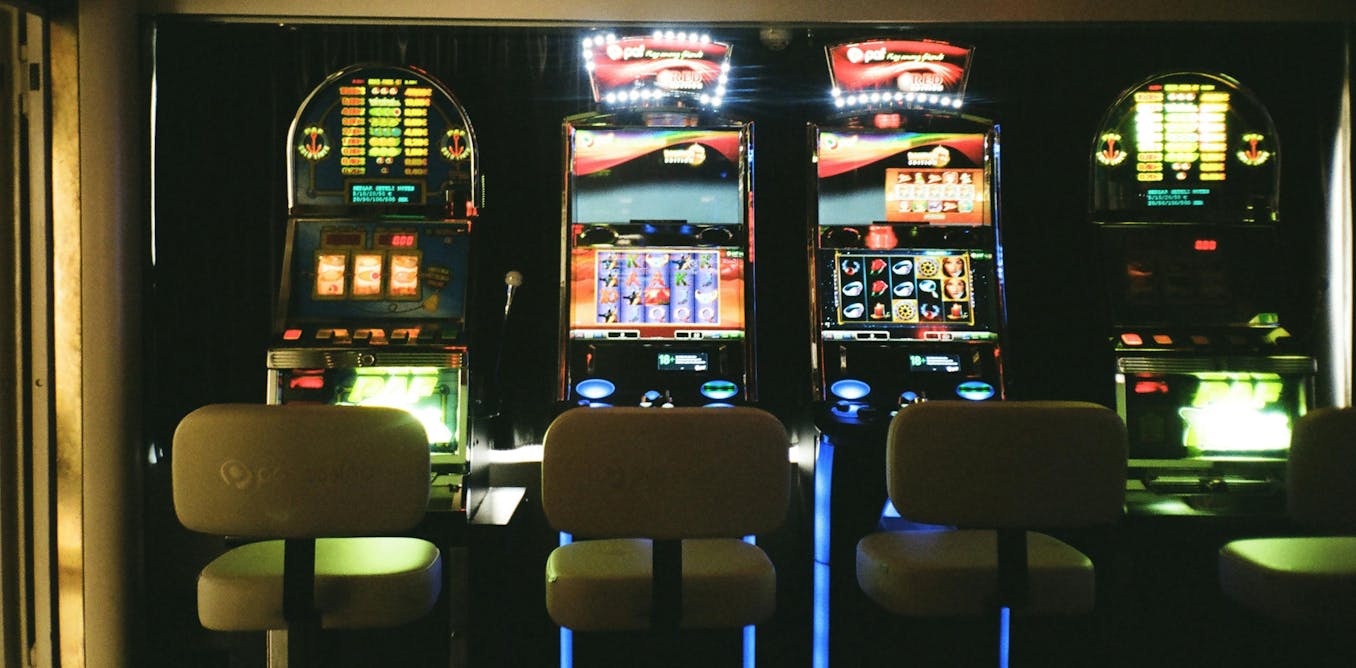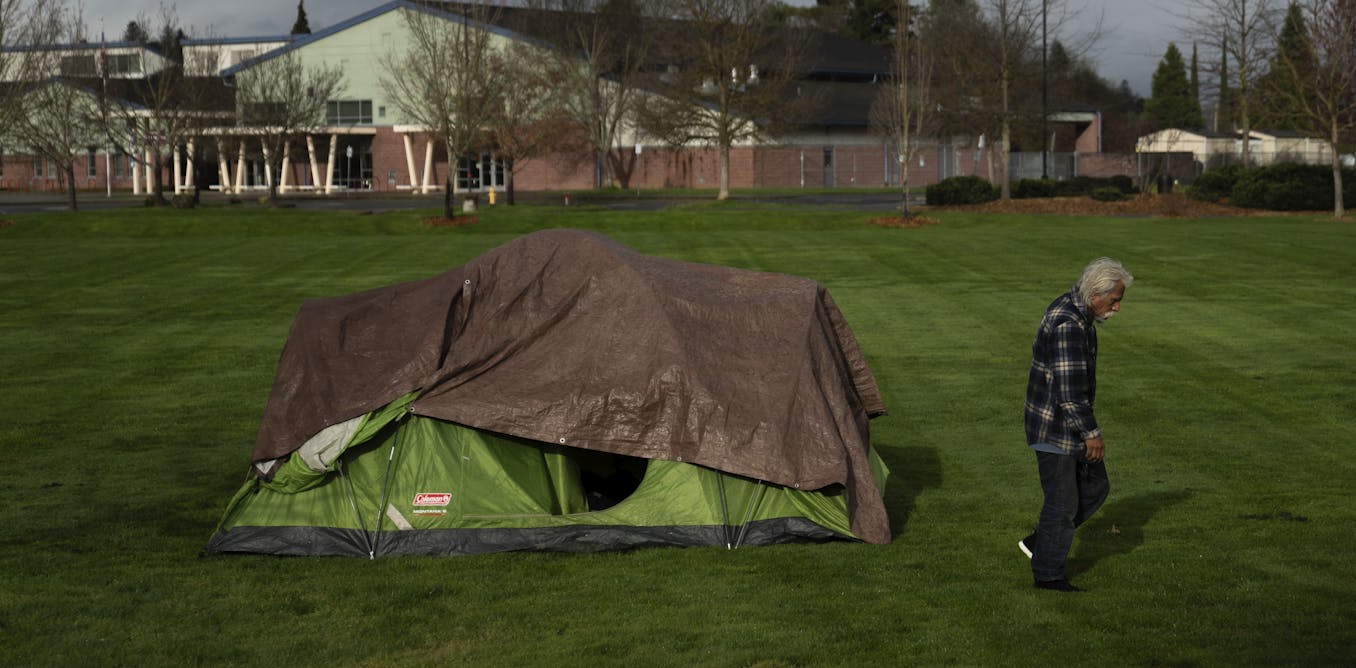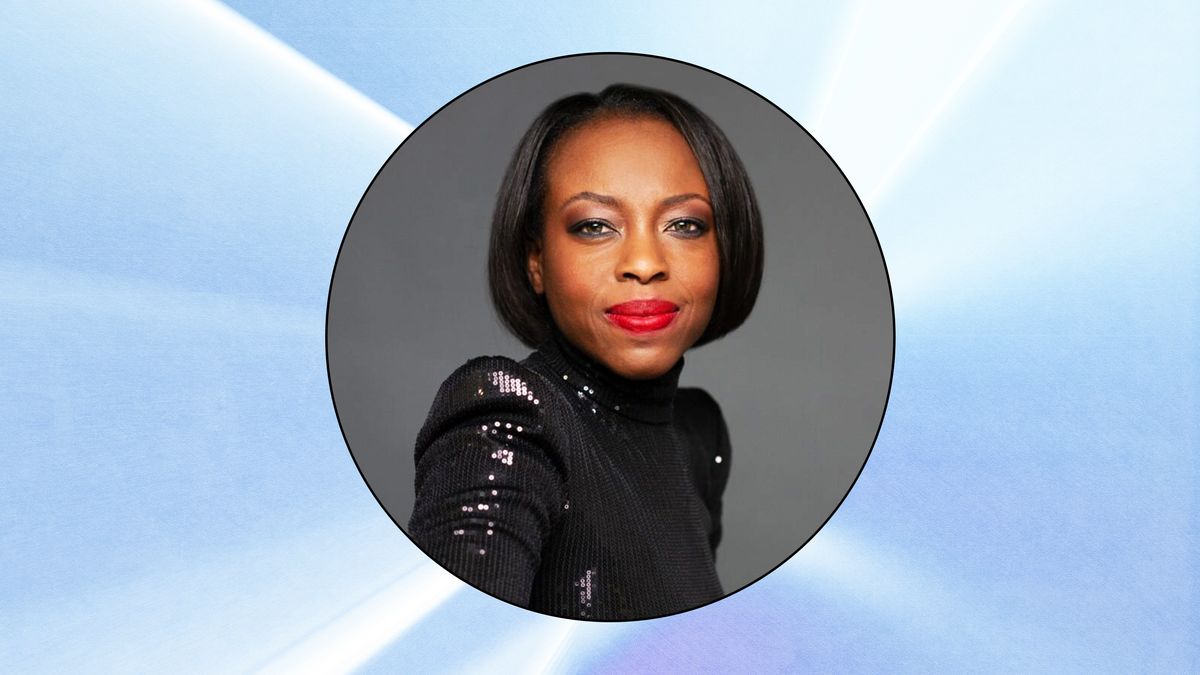
‘Squid Game’ Could Make Emmy History for Netflix — Will Crafts Be Part of the Story?

“Squid Game” was a massive global phenomenon in 2021: The Korean-language survival drama is Netflix’s most-watched series ever, reaching more than 140 million households and notching 1.2 billion viewing hours in its first month on the streamer. The violent satire of capitalistic greed and economic inequality is built around a survival game show run by wealthy elites, pitting desperate contestants against each other in a lethal fight for a jackpot worth $38 million. Each episodic contest is wrapped around a kid’s game or other forms of nostalgia: red light, green light; Dalgona, a popular Korean street snack from the ’80s; tug-of-war; and marbles.
The show definitely struck a nerve during the pandemic, resulting in a slew of “Squid Game” Halloween costumes and cosplay pieces; a “Saturday Night Live” musical parody starring Rami Malek and Pete Davidson; and YouTuber MrBeast’s “$456,000 Squid Game In Real Life!” video. Meanwhile, director Hwang Dong-hyuk and the “Squid Game” cast have already parlayed that popularity into awards season success, with 22 voting bodies recognizing the series, and major, history-making wins for stars Lee Jung-jae, Jung Ho-yeon, and O Yeong-su.
With all that momentum, “Squid Game” is poised to become the first Korean-language series to make an impact at the Emmys, with Netflix highlighting the show as part of its FYSEE installation space at Raleigh Studios. “Squid Game” was also spotlighted in the streamer’s Pan-Asian Emmy contenders event on May 16, with the director and stars appearing in a panel discussion. This was in conjunction with Asian American and Pacific Islander Heritage month.
In addition to the acting and drama series categories where “Squid Game” has racked up most of its pre-Emmy wins, Netflix will submit the series for 13 craft awards — the type of table-running push that could potentially put 456, 218, and company in league with recent nomination-hoarding juggernauts such as “Game Of Thrones,” “The Mandalorian,” “Watchmen,” and “The Crown.”
What craft categories is “Squid Game” competing in?
According to the Netflix Awards FYC site, “Squid Game” will be submitted for the following craft Emmys:
- Outstanding Cinematography for a Single-Camera Series (One-Hour) (“Stick to the Team”)
- Outstanding Contemporary Costumes (“VIPS”)
- Outstanding Single-Camera Picture Editing for a Drama Series (“Gganbu”);
- Outstanding Contemporary Hairstyling (“One Lucky Day”);
- Outstanding Main Title Design
- Outstanding Music Composition for a Series (Original Dramatic Score) (composer Jung Jae-Il, “Red Light, Green Light”)
- Outstanding Original Main Title Theme Music (Jung Jae-Il, “Way Back Then”)
- Outstanding Production Design for a Narrative Contemporary Program (One Hour or More) (“Gganbu”)
- Outstanding Sound Editing for a Comedy or Drama Series (One Hour) series (“VIPS”)
- Outstanding Sound Mixing for a Comedy or Drama Series (One Hour) (“VIPS”)
- Outstanding Special Visual Effects in a Single Episode (“VIPS”)
- Outstanding Stunt Coordination for a Drama Series, Limited, or Anthology Series or Movie
- Outstanding Stunt Performance (“Stick to the Team”)
Let’s take a closer look at some of these categories, with an eye toward those where “Squid Game” has the surest path to victory — and those where its footing is a little less sure.
Production design and costumes: The advantage of going contemporary

“Squid Game”
Netflix
The production design and wardrobes of “Squid Game” are colorfully retro for the game play (highlighted by circle, triangle, and square symbols) in contrast to the dreariness of the show’s dystopian society. Production designer Chae Kyoung-sun has already won the ADG award for contemporary series for her enormous, custom-build space that accommodates six large-scale game sets. The shape language and color palettes were inspired by fairy tales and the sets were built around the notion of chaos and confusion. The submitted episode, “Gganbu,” which is devoted to survival for all the marbles, is noteworthy for its recreations of a suburban neighborhood that evoke childhood nostalgia.
Additionally, the costume design of Cho Sang-kyung for the lavish “VIPS” episode is another sure-fire contender. She went beyond the teal tracksuits of the contestants and pink jumpsuits and mesh masks of the guards to explore the more glam wardrobes of the distinguished party guests, which included silk suits and golden animal masks.
The advantage of going contemporary, of course, avoids the splashier period or fantasy/sci-fi competition from “Bridgerton” (Netflix), “Pachinko” (Apple TV+), “Severance” (Apple TV+), “Stranger Things” (Netflix), “The Book of Boba Fett” (Disney+), “The Gilded Age” (HBO), “The Great” (Hulu), and “The Marvelous Mrs. Maisel” (Amazon Prime Video), among others. However, there’s still plenty of contemporary competition this season from such leading contenders as “Emily in Paris” (this year’s CDG winner from Netflix), “Euphoria” (HBO), “Hacks” (HBO Max), “Ozark” (Netflix), and “The Flight Attendant,” (HBO Max).
Visual effects: A recent change to the rules

“Squid Game”
Netflix
The “VIPS” episode also offers good opportunities for visual effects, sound editing, and sound mixing. South Korea’s Gulliver Studios did the impressive VFX work on the glass bridge in “VIPs,” working with reflections and colorful lighting to evoke a deadly high-wire circus act in Vegas. Added to that is the climactic explosion of flying shards of glass after the players skillfully reach the other side of the bridge and shatter the remaining glass tiles. This is accompanied by the sound team’s heavy use of percussion and the high-pitched scream of shattering glass.
Working to the advantage of “Squid Game” is the fact that it’s submitting in the newer category of special visual effects in a single episode (launched last season as a replacement for special visual effects in a supporting role, with the inaugural award going to “Star Trek: Discovery”). As the title implies, the VFX covers a single episode only and excludes TV movies. It is also considered a non-competitive area award, which means that the episode is judged solely on its own terms and not in comparison to the other nominees, with the goal of reaching at least 90 percent approval.
By entering the single episode category, “Squid Game” avoids direct competition from such heavy hitters as “Foundation” (Apple TV+), “Loki” (Disney+), and “Star Trek: Strange New Worlds” (Paramount+), “Boba Fett,” and “Stranger Things.”
Cinematography and editing: Facing off against fierce competition

<
p id=”caption-attachment-1234725642″>“Squid Game” (Episode 6: “Gganbu”)
Netflix
“Squid Game” also excels in cinematography and editing. Cinematographer Lee Hyeong-deok has been submitted for “Stick to the Team,” in which the players scheme against each another, leading to a killing over a food shortage, an uprising, and the start of the tug of war game. The episode is graphic, intense, and memorable for the flickering lights during the nightmarish and bloody uprising.
Meanwhile, editor Nam Na-young stands out for the dramatic nuances of “Gganbu,” in which players are paired off for the deadly game of marbles. It’s a slow burn of suspense and desperation, set against a retro neighborhood backdrop that deceptively evokes warm childhood memories.
“Squid Game,” though, faces uphill battles given the fierce competition among leading drama series contenders. For cinematography, there’s previous nominees “Bridgerton,” “Euphoria,” “Ozark,” and “The Marvelous Mrs. Maisel,” along with such newcomers as “Pachinko,” “Severance,” “The Gilded Age,” and “Winning Time: The Rise of the Lakers Dynasty” (HBO). “Pachinko” cinematographers Florian Hoffmeister and Ante Cheng deliver a sprawling visual opulence in following four generations of a Korean family that emigrates to Japan, jumping back and forth without differentiating time periods. Yet “Euphoria” stepped up its game for Season 2, with cinematographer Marcell Rév switching to film and experimenting with Kodak’s revived Ektachrome format to evoke faded memories.
In terms of editing, the competition includes the blockbuster “Succession” (which won for Season 2 in 2019), the finales of “Killing Eve” (BBC America) and “Ozark,” the return of “Better Call Saul” (AMC) and “Stranger Things,” as well as newcomers “Pachinko,” “Winning Time,” and “Yellowjackets” (Showtime). “Succession” is the favorite, of course, for delving ominously deeper into psychological and mythological territory, yet “Pachinko,” “Winning Time,” and “Yellowjackets” all ambitiously play with time to explore their won complex psychological dramas: the Korean immigrant experience, the cultural impact of the Showtime Lakers, and a nightmarish descent into barbarism for a high-school girls’ soccer team.













































































